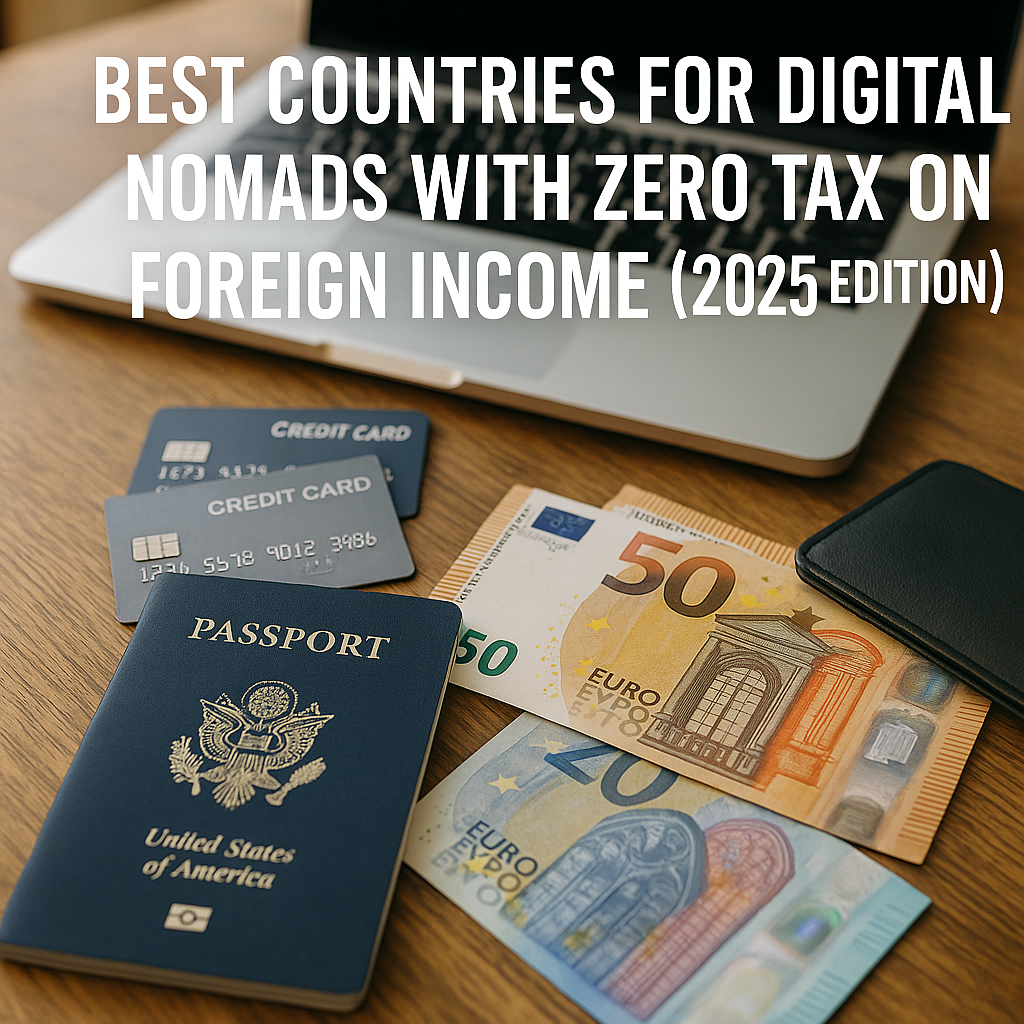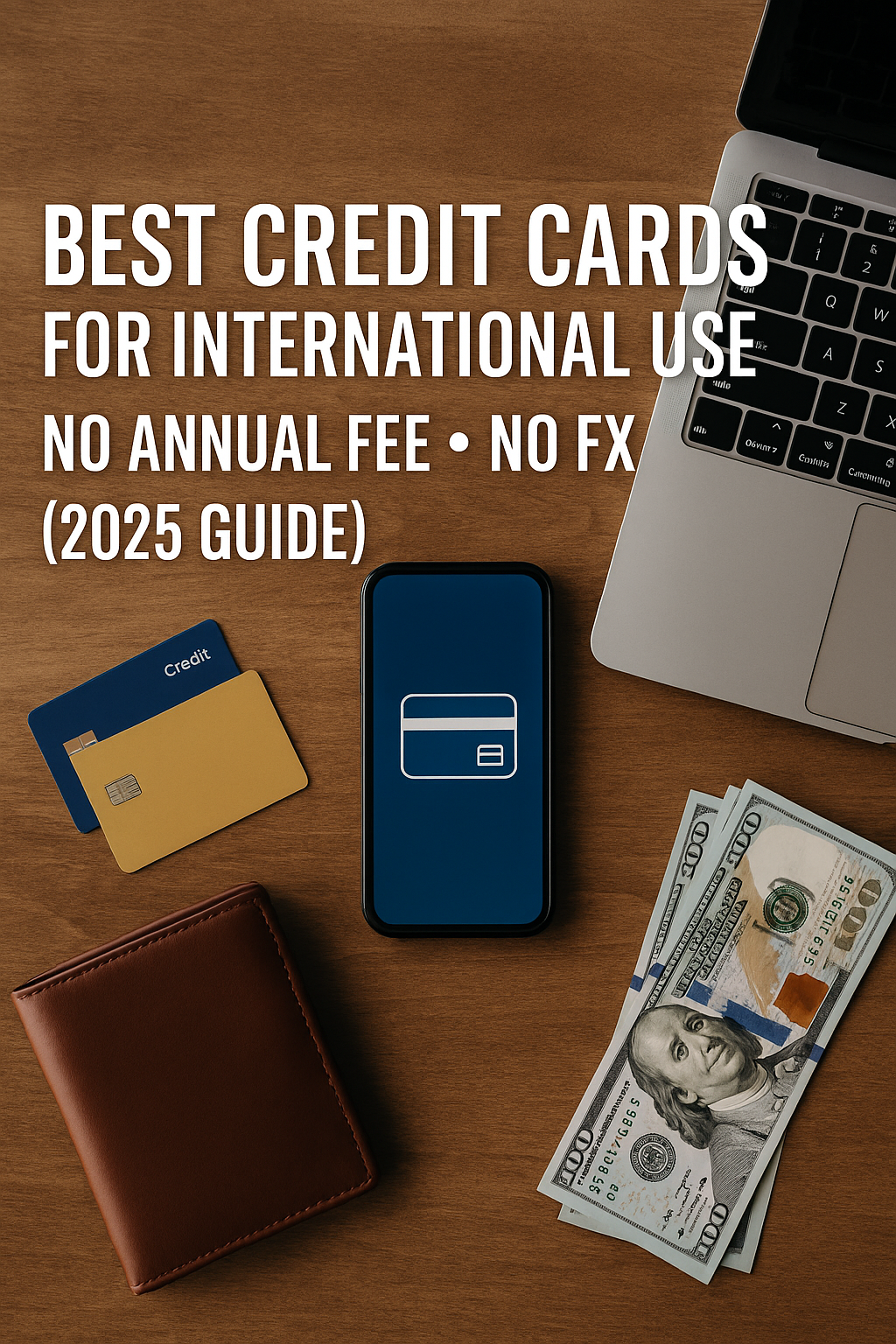Your Practical Guide to Saving Money Across Borders (2025 Edition)
In today’s globalized world, money moves as fast as people. Whether you’re backpacking across Southeast Asia, studying in a European city, or operating a cross-border business, how you spend your money abroad determines how much you keep.
In this guide, we break down real-life payment strategies used by international travelers, students, and entrepreneurs. These aren’t generic tips—they’re field-tested combinations of cards, wallets, and platforms that actually save money.
Why “Smart Payment Strategy” Matters More Than Ever
Even in 2025, international fees haven’t disappeared. Many banks still charge:
- Foreign transaction fees (1%–5%)
- Currency conversion markups
- ATM withdrawal charges
- Hidden fees through poor exchange rates
If you don’t have a clear strategy, you’re losing money with every purchase, every cash withdrawal, and every online transaction in another currency.
Section 1: Travelers – Short-Term Stays in Multiple Countries
Scenario: Sarah, a U.S. citizen, is on a 3-month trip across Japan, Thailand, and Vietnam. She doesn’t have time to open local bank accounts but wants to avoid FX fees.
Strategy:
- Primary Payment: Wise multi-currency debit card
- Backup: Curve card linked to her U.S. credit card
- ATM Cash: Use Charles Schwab debit for free global withdrawals
Why It Works:
- Wise avoids FX fees and shows real-time exchange rates
- Curve lets her switch payment cards if one fails
- Charles Schwab refunds ATM fees worldwide
Bonus Tip:
Use hotel or cafe Wi-Fi to check exchange rates before withdrawing.
In cash-heavy countries (like Vietnam), withdraw slightly more to reduce frequency.
Section 2: International Students – Mid-Term Stays With Limited ID
Scenario: Leo, from Brazil, is studying in South Korea. He has a student visa but not a local ID card yet. He needs to pay tuition, rent, and groceries.
Strategy:
- Tuition: Wise account with KRW transfer option
- Daily Spend: KakaoBank debit card (opened with student visa + housing contract)
- Rent: Monthly wire via Wise or Revolut
Why It Works:
- Wise converts BRL to KRW at the market rate
- KakaoBank gives him access to Korean apps and QR payments
- No FX fees on monthly large transfers with Wise/Revolut
Bonus Tip:
Always ask your school if they accept international bank wires or third-party payment gateways like Flywire or PayMyTuition.
Section 3: Digital Nomads – Long-Term Remote Workers
Scenario: Priya, an Indian software engineer, lives in Lisbon, Portugal but works remotely for clients in Canada and the U.S.
Strategy:
- Income: Payoneer and Wise (USD receiving accounts)
- Spending: Revolut debit for local EUR expenses
- Savings: Transfer earnings monthly to Indian bank via Wise
Why It Works:
- No need to open a Portuguese bank
- Converts USD to EUR at interbank rate
- Keeps full control of cash flow via apps
Bonus Tip:
Use Revolut’s vault feature to auto-save in multiple currencies.
It helps build local reserves and hedge against rate fluctuations.
Section 4: Entrepreneurs – Cross-Border Business Owners
Scenario: David, a British entrepreneur, sells products in the U.S. and Canada while managing operations from Dubai.
Strategy:
- Receiving Payments: Stripe + Payoneer (USD + CAD)
- Supplier Payments: Wise for mass payouts
- Team Payroll: Revolut Business or Deel
Why It Works:
- Stripe connects with Payoneer for low-fee transfers
- Wise supports bulk payments in 70+ countries
- Revolut Business gives dashboards, team permissions, and payroll flexibility
Bonus Tip:
If using Shopify or Amazon, integrate payouts directly to Payoneer to avoid U.S. bank routing delays.
Section 5: Retirees & Long-Term Residents
Scenario: Marie, a Canadian retiree, moves to Costa Rica for the winter season each year. She receives her pension in CAD.
Strategy:
- Pension Deposit: Remains in Canada
- Transfer to Costa Rica: Wise monthly to local account
- Daily Spend: Local debit card + some cash from ATM
Why It Works:
- Retains control over pension income
- Avoids monthly international bank fees
- Spends in local currency without high conversion costs
Bonus Tip:
For pensioners, Wise’s scheduled payments reduce effort and allow for budget automation.
Tools That Work Across All Scenarios
| Tool | Best Use | FX Fees | Availability |
|---|---|---|---|
| Wise | Transfers + spending | None (real rate) | Global |
| Revolut | Multi-currency wallet + savings | Free under limits | US, EU, Asia |
| Payoneer | Freelance income | Free internal | 190+ countries |
| Curve | Card consolidation + FX saving | Free up to limits | UK, EEA, US (beta) |
| Charles Schwab | ATM withdrawals | None (reimbursed) | US residents |
Final Thoughts
Smart payment strategies in 2025 aren’t just “nice to have”—they’re essential for financial survival and freedom abroad.
By combining fintech tools, zero-FX cards, and practical scenario-based thinking, you can eliminate fees, boost savings, and reduce stress.
Whether you’re moving around the world or simply staying overseas for a few months, your money should travel smarter than ever.
Because the only thing worse than wasting money… is not even realizing you’re wasting it.

